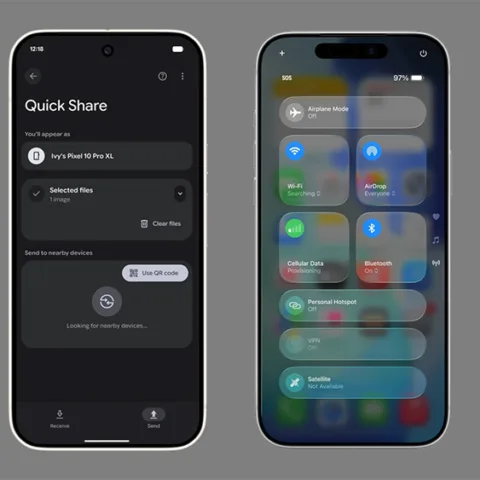Earlier this month The Verge revealed that Microsoft Office is coming for iOS and Android. The apps are supposedly being prepped for launch in the first half of next year. The app was to bring the company’s cloud-based Office 365 to a wider range of customers and to allow them access to the service from non-Microsoft operating systems. The Office app is said to be free to download but will require a subscription to Office 365 to activate editing function, without which the app can only be used as a file viewer.
Microsoft realizes that its mobile devices are far from being dominant, unlike its desktop operating system. Eventually people may embrace Windows Phone and Windows tablets but in the meantime there are hundreds of millions of mobile devices in the market running non-Microsoft systems and consumers don’t seem to bat an eye. They seem to be used to not having Office for mobile devices.
Is Microsoft too late in trying to appeal to mobile consumers? The smartphone revolution began when Apple launched the iPhone in 2007 and since then, there had been a swarm of mobile apps that replace the functionalities offered by the Microsoft Office suite.
Google has its cloud-based Google Docs while Apple’s mobile iWork suite is the most popular productivity suite among iOS owners. On top of that, there are alternative third party apps that serve similar purposes such as Documents to Go, Office2, Smart Office and QuickOffice.
By the time Microsoft Office for mobile arrives, the smartphone market will have spent nearly six years without Microsoft’s productivity software getting a hand. The release of OneNote for iOS and Android may have been a testing ground for the company but by largely ignoring this market for so long, has the company made a massive blunder? Will consumers embrace the mobile Office app like long lost lovers?
Windows Phone comes with Office built in but its editing functions are obviously nowhere near as robust as the desktop counterpart and from what The Verge discovered, the same may hold true for the iOS and Android versions. On the other hand, mobile phones are probably not the best device to edit Office documents. Tablets on the other hand, may be adequate, which means Microsoft may offer a more detailed suite for this category of devices.
Those who have come to accept that mobile devices may not be the best at editing documents would go back to their desktop or laptop computers to work on their files. The way people work may have changed in the sense that mobile devices are seen as a way to scan through their docs and make notes of things to be added or changed later using their more traditional computers.
Tablets are quickly becoming people’s primary computers in many cases and the iPad led the way. Many people’s first exposure to computers have been iPads. While the Surface tablet is Microsoft’s effort to head that off, it’s not exactly flying off the shelves. CEO Steve Ballmer recently refused to cite sales numbers and called it “modest”.
If Microsoft wants to reach these mobile consumers, it will take more than offering its own version of tablets and perhaps look at what people do on these devices with regards to text documents, spreadsheets, and presentation files. It will have to make sure that the mobile Office app will seamlessly integrate across platforms, be superior, more practical, and more pleasant to use than what the competitors are offering.










